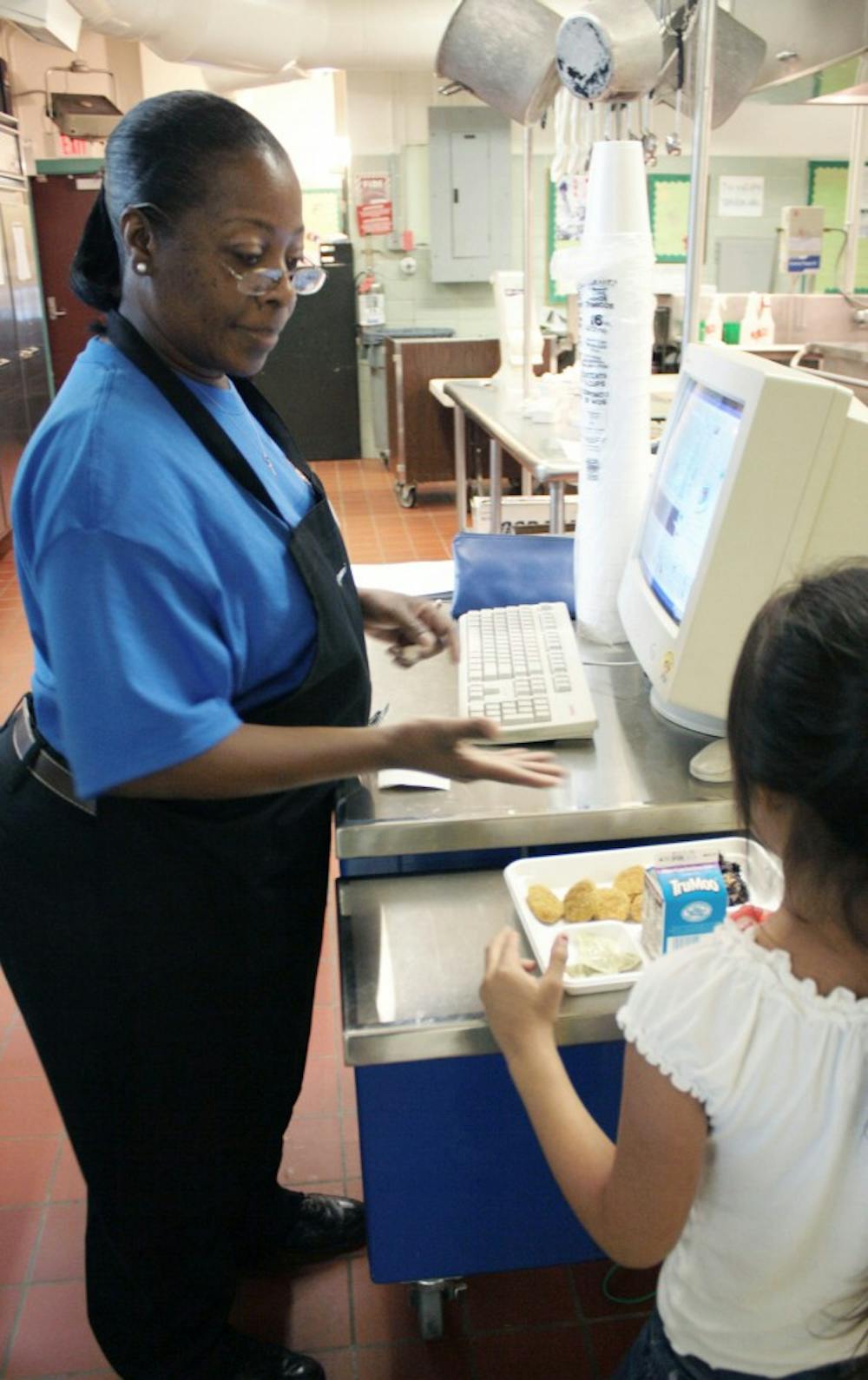As the Chapel Hill-Carrboro City Schools district plans for a new elementary school, the growing gap in the number of students who receive free and reduced-price lunches between schools could impact redistricting plans.
The percentage of students within the district who receive free and reduced-price lunches went from 11.2 percent in 2007 to 20.25 percent in 2010, even as per capita income increased.
But that increase wasn’t spread evenly across the system’s schools, based on district data.
Stephanie Knott, spokeswoman for Chapel Hill-Carrboro City Schools, said that will likely play a role in how maps are redrawn when the school redistricts for Elementary 11, which the district hopes to build for the 2013-14 school year.
“We believe that diversity is a key component of our district,” Knott said. “We would certainly want to ensure continued diversity in all of our schools.”
Unequal distribution
Even though per capita income in Orange County increased 3.6 percent between 2007 and 2009, the number of families receiving food stamps went up about 45 percent over the same period, based on data presented last week at the Chapel Hill-Carrboro Chamber of Commerce State of the Town Address.
Those numbers signal that while income is growing among some groups, the lower-income bracket is widening.
“What that means is that many families in our community have dropped below the income line that makes them eligible for free and reduced lunch,” said Aaron Nelson, president and CEO of the chamber.
But the growth in lower-income families has been concentrated to certain schools.




